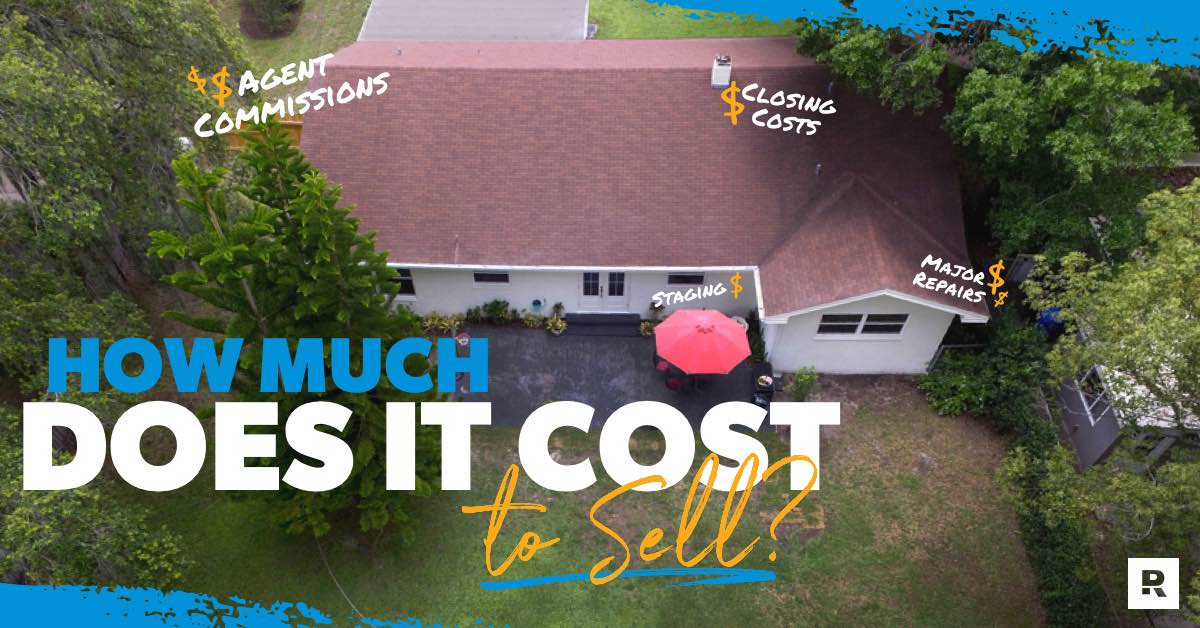Table Of Content

However, for the purposes of this example, we chose a width of 38 feet and a length of 58 feet based on a selection of available design plans for a house this size. Bungalows tend to be much nearer to a square shape than a ranch home, with the average home coming in at 25 feet wide and 30 feet long. Ft. home would need 1,100 square feet of siding, which is less than the 1,200 square foot needed because of the difference in the perimeter’s shape. To get a sense of how much your siding needs and ultimate project cost depend on your unique home, take a look at the table below. To arrive at an estimate, we assumed a mid-range quality siding costing $8.60 per square foot would be used. Unless you have significant DIY experience, you will need a contractor to help you figure out just what’s needed for your own project.
Popular Searches
The cost of homeownership decreased from an average of $1,634 in May 2022 (when we last compiled this data) to $1,558 in January 2023—a decrease of 4.65%. However, the current average is still 5.3% higher than the $1,480 average recorded back when we first compiled this data in October 2021. Our index relies on regional data for both the cost of housing and income. Conversely, Los Angeles’ relatively lower income in our data highlights the housing affordability crisis in that region. After making it past the first month of homeownership’s significant expenses, homeowners need to plan for ongoing ownership-related monthly costs.
Fiber Cement Siding 101: What to Know About Cost, Maintenance, and More
The real estate market also continues to stay pretty competitive, too. Making housing costs even more challenging, nearby cities don’t often cut you a break, either. Places like Santa Monica, Venice and Hollywood all have higher one-bedroom rents. The typical one-bed rent in Santa Monica is actually $1,000 more than in Los Angeles. Rent in Los Angeles is considerably higher compared with the national average. This aligns with the current standard in many other major cities like Washington, D.C., and Boston, but doesn’t even come close to the higher prices in San Francisco and Honolulu.
Engineered Wood
Inheriting a Home in California? Here's What You Need to Know - KQED
Inheriting a Home in California? Here's What You Need to Know.
Posted: Tue, 13 Feb 2024 08:00:00 GMT [source]
Additionally, the complexity of the installation process can impact the cost of house siding replacement significantly. If you’re a homeowner, the thought of re-siding your house has probably crossed your mind at some point. What are the different house siding costs and prices you need to consider? In this comprehensive guide, we will explore all of these questions and provide valuable insights into the cost of house residing, helping you make informed decisions.
Vinyl Siding

Installation is easy and fast, as aluminum is lightweight and simple to cut to length, and when it comes time to replace the siding, the aluminum is recyclable. It’s prone to scratching, denting, and fading more easily than other types of siding, and it can make an unusual pinging sound during heat or extreme weather. Aluminum is also more difficult to repair; as it fades and gains a chalky appearance, problem areas can’t simply be replaced with new sections of siding, as the colors will be wildly different. Engineered wood siding marries the best qualities of vinyl and wood siding.
How Much Does a Vinyl Fence Cost to Build?
Vinyl siding designed to be installed with the seams running top to bottom rather than side to side costs approximately $5.56 to $14.25 per square foot installed, depending on the grade selected. As with any professional a homeowner hires, they’ll want to ensure that the contractor and everyone they work with is licensed and insured (including liability and workers’ compensation). It’s wise for homeowners to ask for a copy of the contractor’s license and insurance before signing a contract. Beyond that, homeowners can seek out recommendations from friends and neighbors or check online home professional recommendation services.
Expect to pay between $7,000 and $23,000 depending on the size of the home and the type of wood used to manufacture the siding. Where homeowners may get caught price-wise with wood siding is with the maintenance. The wood will need to be sealed or painted every 3 to 5 years, with weather treatments every 4 to 6. This is easy to address if caught easily, but it’s another ongoing maintenance issue. Labor costs will vary based on the market rates in the home’s geographic location and are sometimes priced hourly and sometimes by the job.
Basic groceries like a load of bread or a half gallon of milk have average costs of $3.99 and $2.56 respectively, which are pretty close to the price throughout California. When it comes to groceries, expenses are 13.7 percent above the national average. Based on whether you prefer a higher-end grocery store, most items on your list should only be a little more than average. You can’t talk about eating in Los Angeles without acknowledging the state has its own signature fare. Living in Los Angeles can make for an expensive night out when it comes to eating. Though you can find a deal at an inexpensive restaurant (where the average meal for a single person is $16.50), a three-course meal for two at a mid-range establishment averages $90.
Faux brick siding lasts 20 to 75 years, and real brick lasts 100 years or more. It costs an average of $17,176 to reside a house, with most homeowners spending between $8,500 and $26,338. Costs depend on the siding type, but expect to pay around $1 to $30 per square foot depending on the material you choose, as those costs vary significantly. Coupled with the ever-increasing need to increase your home’s property value and protect its interior is driving an increased interest in siding.
You might also find that your wallpaper is peeling and your pain isn’t lasting. Surprisingly, these signs will often coincide with a rise in your utility bills such as heating and cooling. All of these issues most likely mean that it’s probably time for new siding.
Size affects all the other components, including the material costs, the labor costs, the cost of additional elements such as window flashing and insulation, and in some locations even the cost of the permit. Some elements of calculating the cost of re-siding a home are obvious—the siding itself will have a cost, and there’s a cost to having someone install it. Other costs are less notable, but all of them will combine to determine how much the job will cost. Understanding how these elements affect the overall cost will help homeowners make choices that work for their home and their budget. The most durable types of siding are steel, stucco, brick, stone, fiber cement, and engineered wood. These materials have the longest lifespans and withstand harsh weather in extreme temperatures.













